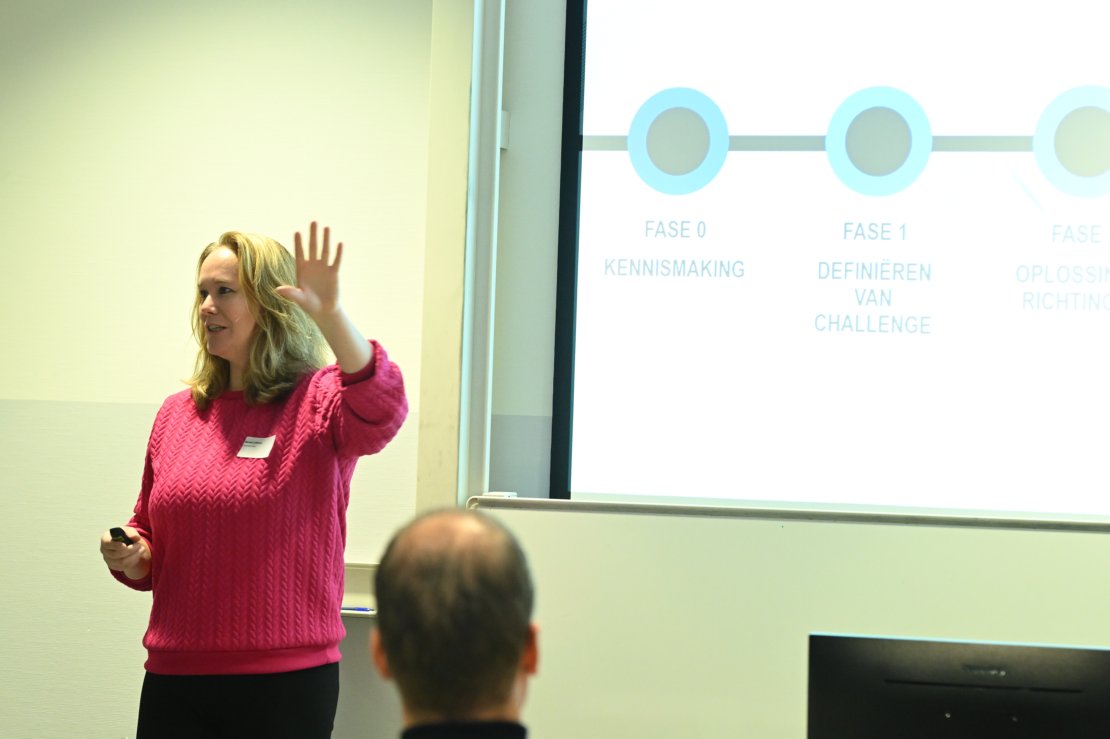The Most Powerful Influence in Education?
Feedback is one of the most powerful influences in education. With terminologies like ‘assessment for learning’ and ‘formative assessment’ becoming more dominant, how can you optimally use it? What is it, and why should you dive into it? We’ve asked Marloes Luttikhuis, who is (among other things) a trainer in the UTQ course on Testing & Assessment at CELT, to provide us with educational consulting.
First, let’s go over the glossary: formative assessment, in contrast to summative assessment, is all about feedback without any consequence in grading. While a summative assessment could be an exam or assignment at the end of your course, with a formative assessment you’d want your students and yourself to know how they’re doing, without the necessity/pressure of grading. “Essentially, it’s all about feedback: when, how and why are you or your students receiving feedback?” as Marloes states it.

Marloes Luttikhuis
Feedups & downs
Any teacher will recognize the importance of feedback, and by thinking of it as formative assessment you can push yourself to zoom out and dissect your course on this level. “You’d find that often you’re already including all sorts of feedback-related activities in your course design,” the UTQ trainer concludes. “But, by being aware, you’d find it’s an integral part of your educational design and teaching activities with which you can enhance the quality of this feedback.”
Engaging in this, you might relate the somewhat cheesy quote: “It’s not the destination, it’s the journey” to this topic. Which isn’t unnatural, as formative assessment puts its focus on the learning process. Formative assessment is therefore often closely linked to designing your learning & teaching activities, as they both should provide some form of feedback. But with formative assessment, the extra focus is that this feedback is being used as a steering wheel on this learning journey by the teacher. Regardless of whether they or the students then apply it in further learning activities.
Feedback-to-back
If you are willing to do so, where do you start? The first step is to ask yourself some mind-provoking questions, according to Marloes. Questions like: what’s the role of feedback in my course? How and when do students give/receive this? “And a common misconception is that you as a teacher have to provide this feedback, but there are all sorts of activities and technologies that can facilitate this for you,” she states. Examples include a self- or peer assessment, letting (student) tutors provide feedback or using apps like Wooclap, Buddycheck or the new PeerPulse to facilitate this for you.
To help a starter on the topic, materials on formative assessment were released by the 'Acceleration Plan for Educational Innovation with ICT' in 2020. This handout can really help with understanding the principles of formative assessment and the common misconceptions. Another more practical toolbox, only available in Dutch, is the ‘Toolkit Formatief Toetsen’. This one includes some ideas on activities and use in different phases of formative assessment. There’s another list with 60 of these activities also available in English.
Diving into this topic then can be of interest to anyone who values good feedback in education, and the educational consultants in the faculties can help you out with questions regarding this topic. You can also visit the Eat-Meet-Teach lunch meeting on Formative Assessment on 11 April!





